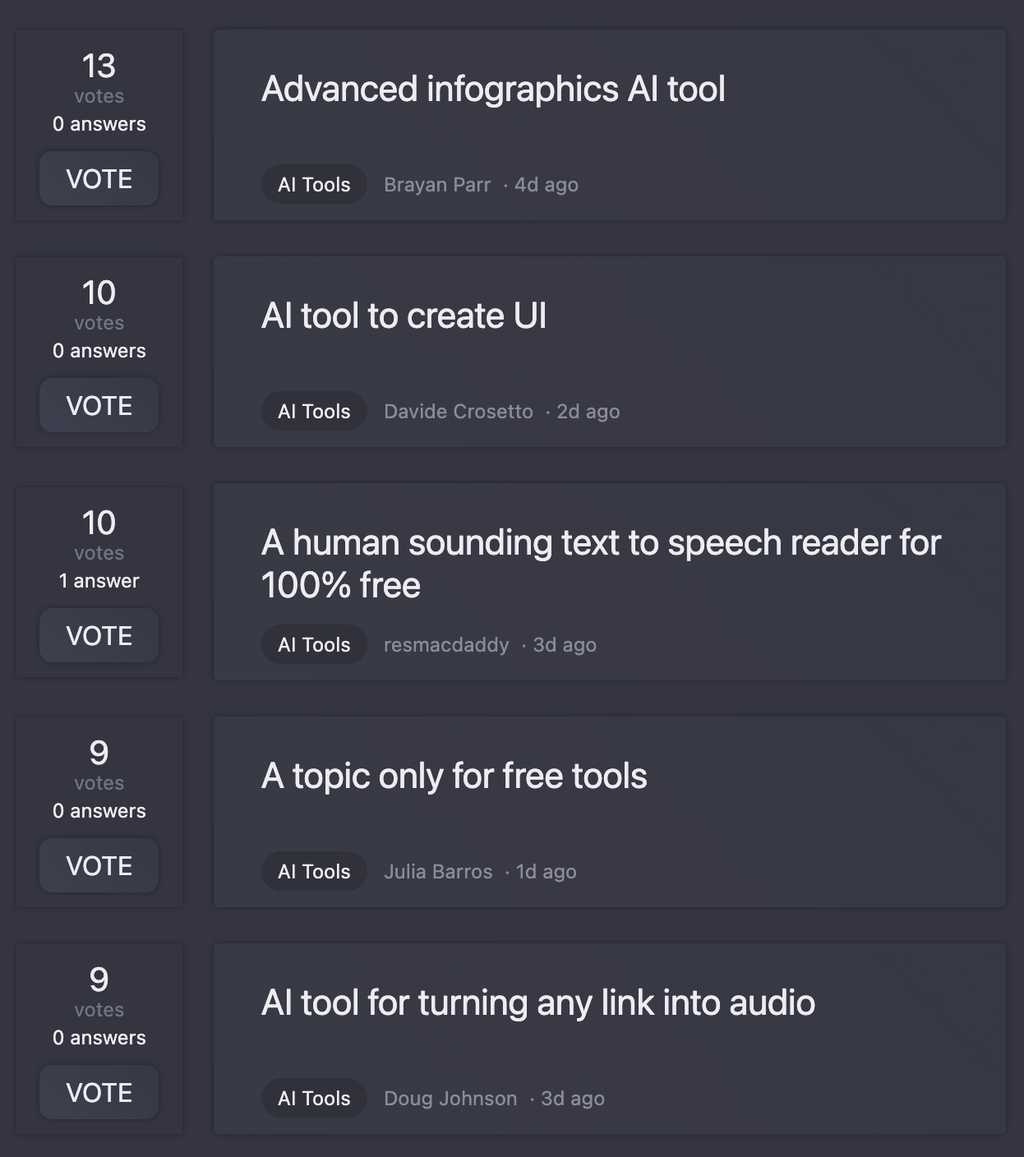-

-

-

-
 Revolutionary AI governance through love-driven innovation.Open
Revolutionary AI governance through love-driven innovation.Open
-
 AI payment gateway unifying crypto, digital, and traditional payments.Open
AI payment gateway unifying crypto, digital, and traditional payments.Open
-

-
 Open
Open
-

-

-

-

-

-

-

-

-

-

-

-

-

-

-

-

-

-

-
**Structuring Your Novel: A Comprehensive Guide** As a first-time author, crafting a well-structured novel can be a daunting task. To help you engage your readers and tell a compelling story, we've put together a general chapter outline and key elements to include. ### **I. Introduction to Story Structure** Before diving into the chapter outline, it's essential to understand the basics of story structure. A typical novel follows a narrative arc that includes: * Exposition: Introduction to the story, characters, and setting * Inciting Incident: An event that sets the story in motion * Rising Action: The protagonist's journey and obstacles * Climax: The most intense or critical moment in the story * Falling Action: The consequences of the climax * Resolution: The conclusion of the story ### **II. Chapter Outline** Here's a general outline to consider: #### **Act I: Introduction and Setup (Chapters 1-3)** * **Chapter 1: Introduction to the protagonist and setting** + Introduce the main character, their world, and the story's tone + Establish the protagonist's goals and motivations * **Chapter 2: Inciting Incident** + An event that sets the story in motion + Raises questions or creates tension * **Chapter 3: Introduction to supporting characters and conflicts** + Introduce supporting characters and their relationships with the protagonist + Establish the central conflict or problem #### **Act II: Rising Action (Chapters 4-7)** * **Chapter 4: The protagonist's journey begins** + The protagonist starts their journey or takes action + Obstacles and challenges are introduced * **Chapter 5: Midpoint and turning point** + A significant event or revelation that shifts the story's direction + Raises the stakes or creates tension * **Chapter 6: Complications and setbacks** + The protagonist faces challenges and setbacks + Supporting characters are developed further * **Chapter 7: The protagonist's growth and development** + The protagonist learns or grows in some way + The story's tension builds #### **Act III: Climax and Resolution (Chapters 8-10)** * **Chapter 8: The climax** + The most intense or critical moment in the story + The protagonist faces their greatest challenge * **Chapter 9: Falling action and consequences** + The aftermath of the climax + The protagonist deals with the consequences of their actions * **Chapter 10: Resolution and conclusion** + The story reaches its conclusion + Loose ends are tied up ### **III. Key Elements to Engage Readers** To keep your readers engaged, consider including: * **Well-developed characters**: Give your characters unique personalities, motivations, and backstories. * **Pacing**: Balance action, dialogue, and description to maintain a steady pace. * **Conflict and tension**: Introduce obstacles and challenges to create tension and conflict. * **Themes and symbolism**: Explore themes and use symbolism to add depth and meaning to your story. * **Sensory details**: Use sensory language to bring your story to life and engage your readers' senses. ### **IV. Additional Tips** * **Show, don't tell**: Instead of telling your readers what's happening, show them through action, dialogue, and body language. * **Write in a clear and concise style**: Avoid using overly complex language or convoluted sentences. * **Edit and revise**: Review your work, make revisions, and edit for grammar, punctuation, and spelling errors. By following this outline and incorporating these key elements, you'll be well on your way to crafting a compelling and engaging novel that will captivate your readers. Good luck with your writing!
-

-

-

-

-

-

-

-

-

-

SpotlightCodeRabbitCode reviews
#1 website for AI tools.Used by 70M+ humans.






